latest

Last year, Samsung got into some hot water for including an automatic "high power mode" for certain apps, dialing up the processor and GPU scaling. There's nothing wrong with that in theory, but these changes were enabled specifically for benchmark apps, giving the benchmarks results that, while not technically incorrect, were artificially inflated and unlikely to be indicative of everyday performance.

Are you a benchmark junkie, or do you know someone who is? If so, Aurora Software just released some tools to the Play Store that are sure to help feed your addictions: say hello to Quadrant Advanced and Professional Editions.
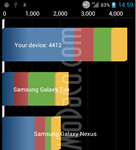
Shortly after CES ended, we heard word of a new phone from LG that would be the first to sport NVIDIA's impressive new quad-core CPU, the Tegra 3. Other specs were rumored to include a 4.7" 1280x720 display, 16GB on-board storage (plus a microSD slot), a 2000mAh battery (!), an 8MP camera in the rear, and a 1.2MP front-facer.

When it comes to benchmarks, one name usually stands above all others: Quadrant. Even though it has been proven to be easily faked, there's just something about running it and see a 3000+ score show up at the end to make you feel your device is untouchable.
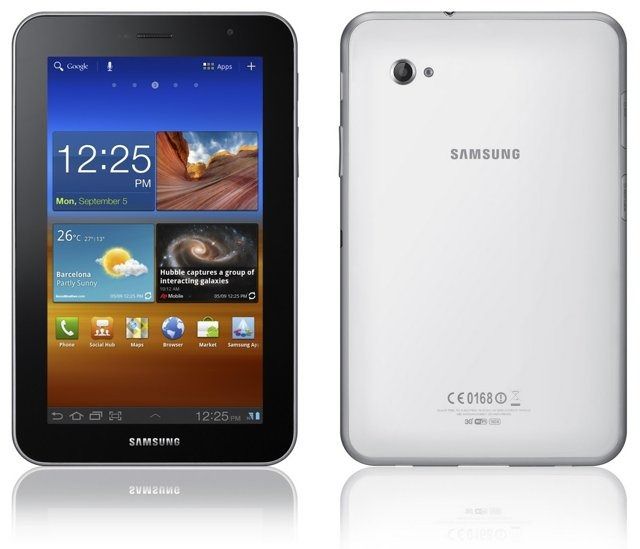
Earlier today, I received my review unit Galaxy Tab 7.0 Plus, Samsung's latest addition to the Tab family of products. Now, you probably thought, upon hearing about this little device, "gee, this is just another scaled-down version of the Galaxy Tab 10.1 - boring." But you thought wrong - very wrong.

It's no secret that benchmarks can easily be spoofed to show some pretty amazing results. Regardless of that, it has become an almost standard practice to demonstrate a device's power and prestige by using such tools. Over time, a few different apps have made a name for themselves and become clutch in the realm of benchmarking tools: Quandrant, Linpack, and SmartBench, just to name a few.

Earlier today at MWC, LG officially unveiled its most powerful upcoming smartphone: the Optimus 3D. We've already heard of the Optimus 3D before, and even witnessed both decent and disastrously cheesy ads LG put out ahead of the release, but what we didn't know is that the Optimus 3D would end up being the most powerful smartphone currently on the market.
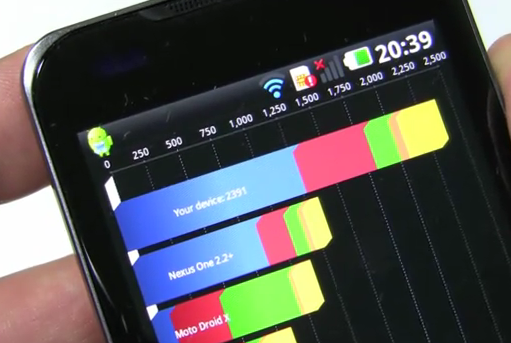
Greek site Techblog managed to land an Optimus 2X, and took the chance to run Quadrant on the device - and damn, does the "binuclear [thanks, Google translate] NVIDIA Tegra 2 processor clocked at 1 GHz" ever manage to impress. It looks like the 2X is every bit the little monster we expect it to be: not only does it have a super-speedy browser, but it managed a 2,391 in Quadrant.
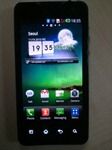
While most of us would be content with one Tegra 2-loaded device, one Android Forums member has managed to get his hands on two of LG's new Star dual-core beasts. What he found was quite enticing: a Quadrant score of 1759 (which outranks even the Droid Pro's 1528), an HDMI port on the top of the device, and... yes, despite the rumors we heard originally, LG apparently decided to include their own custom skin, which looks surprisingly similar to Samsung's Touchwiz UI.

Who says the G2's processor is slow, eh? While its stock 800 MHz clockspeed didn't break any benchmark records, it's showing itself to be nicely capable of overclocking. Unlike the QSD8250 in the original Snapdragon, which gets rather unstable anywhere past the 1.13GHz (+15%) mark, the MSM7230 in the Scorpion of the G2 sails right on past +100% with apparent stability. The kernel was posted on XDA-Developers by member Flippy125, with the usual "NOT MY FAULT IF-" disclaimers, but also noting that the kernel runs stably for him.

One lucky Dutch guy (xda member Clock1932) has swept aside any considerations of failed Google "Type Approval" testing and has gotten his paws on what many are calling "the EVO for Europe." Not so fast: while it may lack a kickstand, a 4G radio, and a front facing camera, its new Qualcomm Snapdragon QSD8255 CPU appears to be quite a step up when it comes to benchmarks. Preliminary tests show a result of about 1900, compared to about 1200 on an EVO 4G running Froyo.
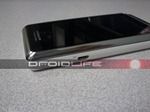
(before it launched), the Quadrant scores of the Motorola Droid 2 leaked. We called it a monster when it hit 1,458. Today, Droid-Life has scored a few more leaked benchmarks, this time of the Droid 2 World Edition (which is rumored to be replacing the D2). The results: a Quadrant score of 1709 thanks to a CPU clocked at 1.2 GHz. For perspective, keep in mind that a stock EVO manages around 1100.







